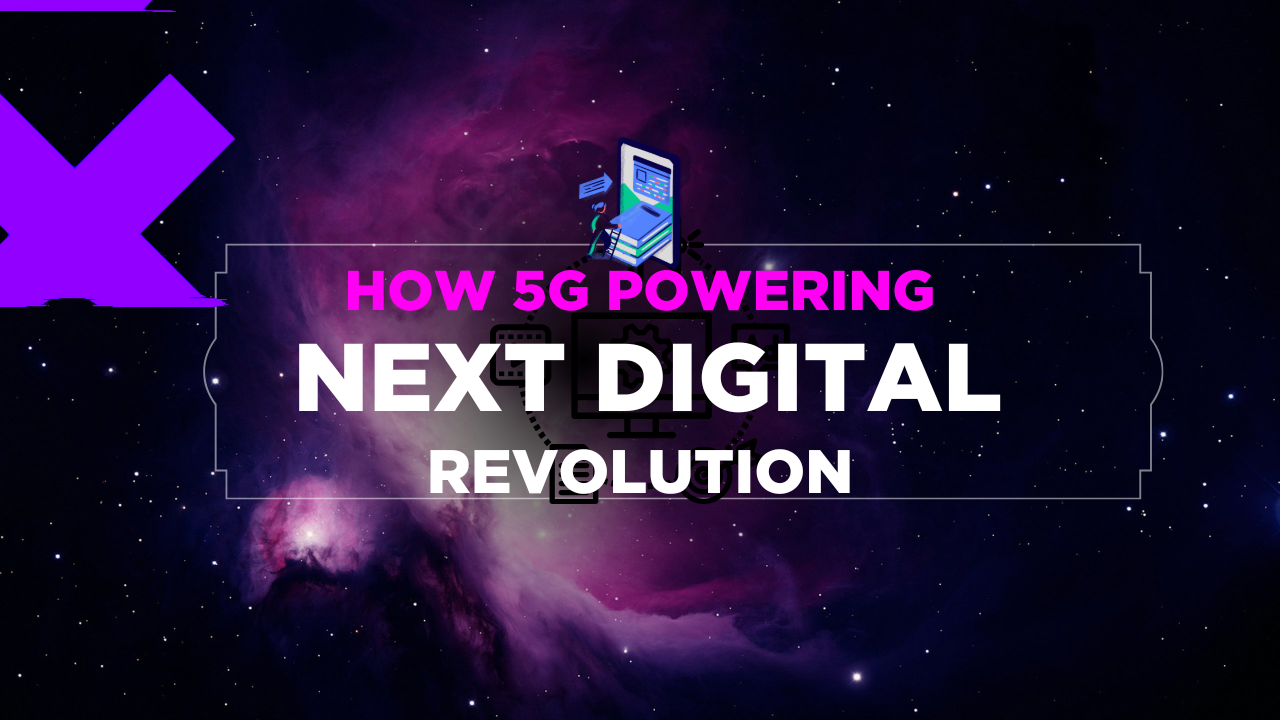The digital world is changing quickly because of 5G technology. It’s not simply faster internet; it’s the beginning of a new digital age. 5G is altering the way we live, work, and use technology by making things faster, cutting latency, and allowing billions of devices connect at once.
What Makes 5G Different?
5G isn’t just a better version of what came before it; it’s a completely new way to talk to people wirelessly. It gives you:
- Up to hundred times quicker than 4G
- Latency is as low as 1 millisecond, which makes communication nearly instant.
- Operators can change how effectively the network functions for different needs with network slicing.
- These features are making it possible for apps and services that weren’t possible before with 4G.
- People can interact and talk to one another considerably more easily using the 5G network. Video calls, streaming, and working together on the cloud are all easier and more reliable now, especially in cities with a lot of people. This makes working from home and having virtual meetings more useful and real.
Use Case: In countries where 5G is widely available, remote teams are using augmented and virtual reality tools to train, give presentations, and design products. It was hard to do or took a long time on 4G networks.
Smart Industry and Manufacturing:
Changing the way firms work and the fields they work in 4.0 5G is a big component of the rise of smart factories, where machines, sensors, and systems can talk to each other in real time. This means that maintenance can be planned ahead of time, there is less downtime, and manufacturing lines work better. For example, Siemens and Bosch are already leveraging 5G in manufacturing to make factories throughout the world more automated, accurate, and productive.
Treatment and health service from distant location:
5G lets you execute surgeries from far away, watch patients in real time, and communicate huge medical data files faster. Doctors can chat to one other, make diagnoses, and even execute robotic-assisted surgeries from far away, which is especially useful in locations that are hard to get to or don’t have many doctors. For example, certain medical institutions in China and the U.S. have successfully done remote surgeries using 5G. This proves that the network is fast and dependable when the stakes are high.
Cars that drive themselves and getting around
It is important for self-driving cars to be able to talk to each other and to traffic systems immediately quickly. 5G’s lower latency lets people make decisions and share data quicker, which makes roads safer and more efficient. Cities all across the world are testing 5G to power smart traffic lights, vehicle-to-vehicle (V2V) communication, and dynamic route optimisation.
How 5G is making the Internet of Things (IoT) even better for smart cities:
To keep traffic, infrastructure, energy use, and public safety in smart cities under control, the equipment needs to be able to talk to one other. 5G lets you set up a lot of IoT devices at once, so thousands of sensors can all function together at the same time.
5G makes smart grids, waste management systems, and air quality monitors perform better. This saves money and preserves the environment. People who live there have better public services, more safety, and a higher quality of life.
Changing the way we have fun
People may stream ultra-HD and 8K video without any buffering, play cloud games without any lag, and experience augmented and virtual reality in ways they never have before with 5G. This is opening up new possibilities in online shopping, live sports, music events, and learning.
For instance, 5G’s speed and capacity let AR shopping apps let users experiment on clothes or see furnishings in their homes in real time.
5G is making it easy to work and learn from home in a way that is more interesting and immersive. You may now use 3D simulations, virtual classrooms, and real-time collaboration tools without having to wait or buffer. Students who live far away can now gain improved access to high-quality online education. This makes it easier for everyone to learn and progress by closing the gap between people who have and don’t have access to technology.
5G has a lot of promise, but it also has certain issues:
Costs of infrastructure:
A lot of network improvements and small cells need to be put in place to have 5G working. 5G isn’t available on all devices yet, which makes it harder to get.
Concerns regarding safety:
More connections mean more potential for cyberattacks, thus effective cybersecurity measures are needed. To fix these challenges, governments, telecom companies, and IT companies need to work together and make sure that everyone has the same access.
In the end, 5G is more than just the next step in mobile technology; it’s the thing that will set off a digital revolution all across the planet. 5G is making things happen that used to only happen in science fiction, such self-driving cars and changes to healthcare, entertainment, and education. As more people and businesses around the world start embracing 5G, those who do so first will have an easier time coming up with new ideas, changing with the times, and staying alive in this linked world. The next generation of items will be intelligent lightweight and fast thanks to 5G technology.

